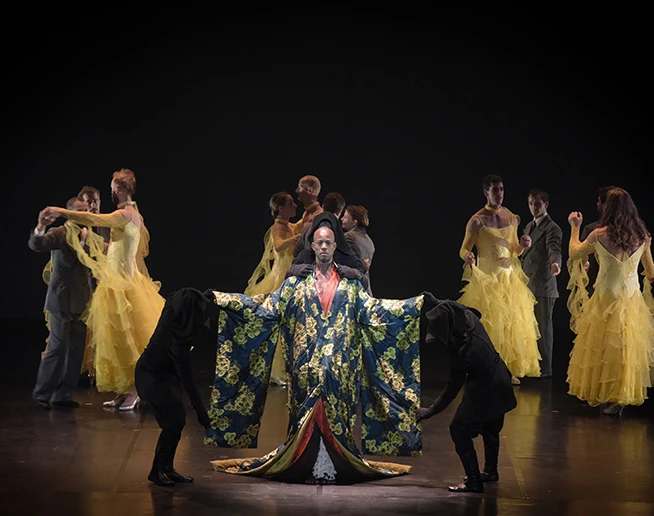Didon
Henry Desmarest
Henry Desmarest's little-known Didon is reborn thanks to the Centre de Musique Baroque de Versailles and Véronique Gens singing the title role.
Dates
Véronique Gens | Didon
Reinoud van Mechelen | Enée
Thomas Dolié | Mars / Iarbe / L’Ombre de Sichée
Marie Perbost | Anne / Fame
Judith Van Wanrooij | Vénus / Barcée / A Nymph / A Carthaginian / A Dryad
Marie Gautrot | Magician / A Dryad
Marine Lafdal-Franc | A Nymph / A Carthaginian
Nicholas Scott | Mercure / Arcas / A Carthaginian / A Faun / Furie / A Pleasure
Guilhem Worms | Jupiter / Acate / A Carthaginian / A Faun
Hervé Niquet | direction
Le Concert Spirituel Orchestra and Choir
Sung in French with French and English subtitles
About
In 1693, Henry Desmarest (1661-1741), a 32-year-old composer and former page of the Royal Chapel of Versailles, hit the headlines when his tragedy-lyrical Didon was premiered: he had just revealed that he was the true author of the music of Nicolas Goupillet, sous-maître de musique of the Royal Chapel of Louis XIV. The deception ridicules the monarch, his music and the competition that ten years earlier had renewed the official composers. While the success of the opera certainly benefited from the scandal, the failure of the powerful cabal that was set up to remove it from the stage confirms that the public immediately knew how to appreciate the quality of the work. This allowed the Académie Royale de Musique, which had been orphaned since the death of Lully and Quinault, to start afresh. The work has an undeniable personality. If it is strongly inspired by Lully's model of Armide, it frees itself from it by a new sense of drama and above all by a musical writing which owes much to the other great models of the composer, in particular Henry Du Mont and Marc-Antoine Charpentier (sources Centre de musique baroque de Versailles).
COPRODUCTION Théâtre des Champs-Elysées / Concert Spirituel / Centre de musique baroque de Versailles



